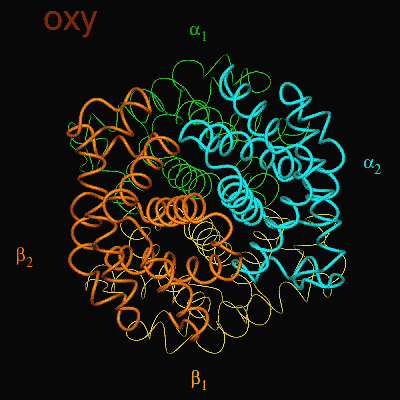
BIOPHYSICS SEMINAR
Wednesday,
October 31, 2001
Willet Science Center 101

Abstract:
The physiological functions of biological molecules such as DNA, RNA and
proteins are directly related to the structural arrangement and dynamic motion
of their constituent atoms. These
molecular properties can be investigated by high-resolution nuclear magnetic
resonance (NMR) spectroscopy, which detects the response of nuclear spins to
applied magnetic fields. This talk
will provide an overview of the rapidly advancing field of solution-state NMR,
and its applications to the study of protein structure and dynamics.
An introductory description of protein structure will be given, together
with remarks on the relationship between structure and function in biological
macromolecules. Next, the physical
basis of NMR, and the information provided by pulsed NMR experiments will be
reviewed. Different sequences of
radio-frequency pulses, applied to isotopically-labeled molecules, reveal two
types of correlations between nuclei. The
coupling of nuclear spins linked by chemical bonds is used to assign each
resonance to the specific nucleus in the protein where it originates.
Then, the dipolar interaction of nearby spins can be interpreted as
constraints on the distances between atoms.
These constraints are converted, by computational methods such as
restrained molecular dynamics, to consistent three-dimensional structures.
Modern NMR techniques can provide protein structures of high resolution,
comparable to those obtained by X-ray crystallography, with additional
information on the protein's dynamic behavior under physiological conditions.
Please
join us for light refreshments at 4:15.